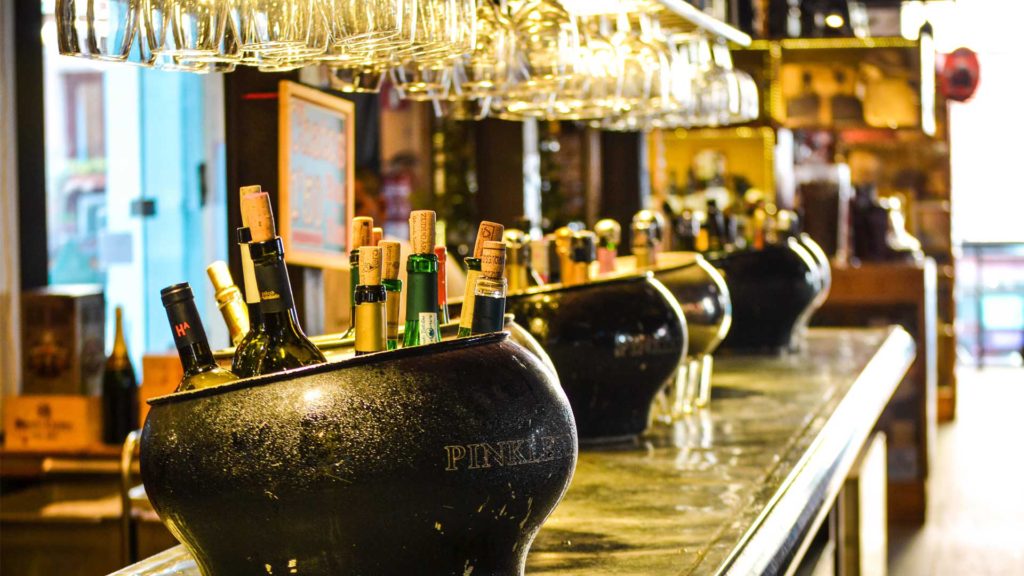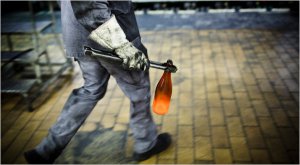September 13th, 2010 the Champagne Harvest has begun.
Sonia Smith (Champagne Bureau Director) has stated that “Due to a frost that we had earlier in 2010, the development of the grapes was slightly delayed this year,” and that the “Harvests are two to four days behind last year, except one village which began on September 10th. Yet the unseasonably warm and sunny weather in July allowed the grapes to mature quickly. All in all, it is looking to be a promising harvest this year…”
The Comité Interprofessionnel du Vin de Champagne (CIVC) has set the 2010 harvest limit at 10,500 kilos of grapes per hectare, slightly higher than the 2009 limit of 9,700 kilos per hectare. “Since yields are fixed at 10,500 kilos per hectare, and vines are producing 14,000 kilos on average, we will have scrupulous selections to ensure a high quality vintage,” said Daniel Lorson, spokesman for the CIVC.


